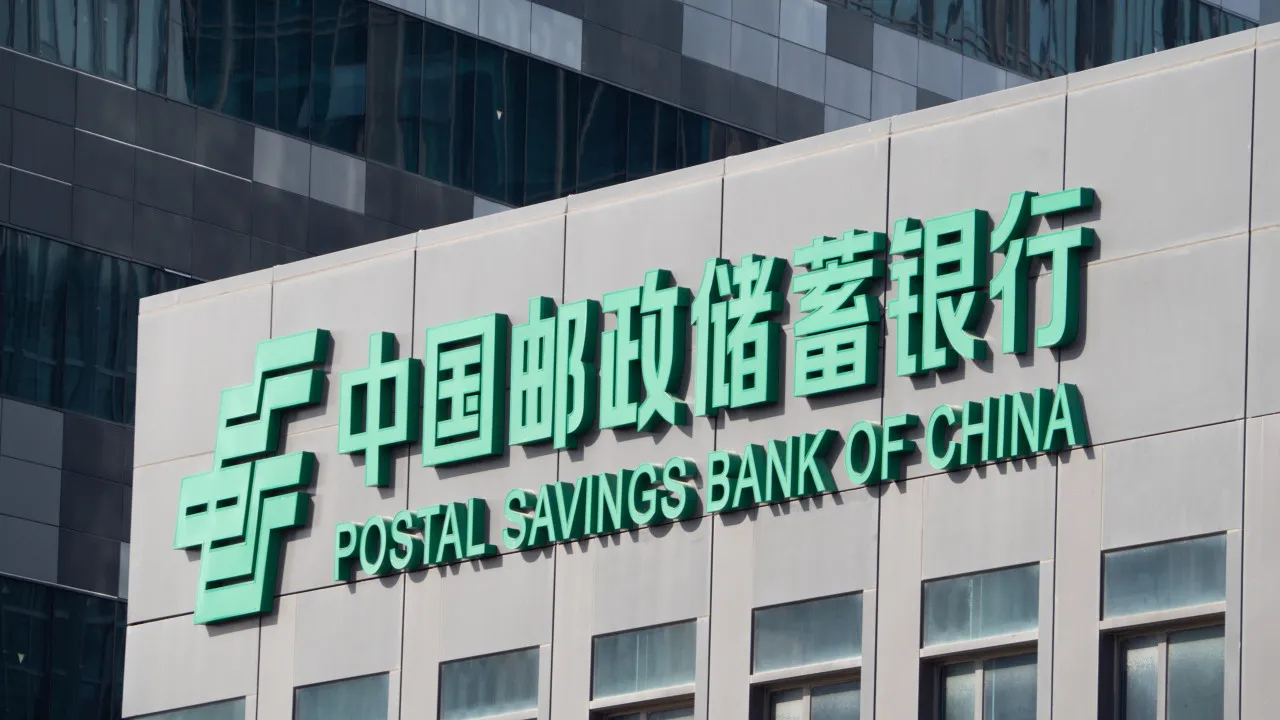
The conclusions of the study, published on Tuesday, indicate an increasing shift in the country’s economic landscape as smaller cities emerge as growth engines due to the strength of advanced manufacturing, clean energies, and other emerging sectors.
The EIU annual report ranks Chinese cities based on their growth potential, with Hangzhou — home to the e-commerce giant Alibaba, artificial intelligence company DeepSeek, and several other major tech firms — leading the list for the fifth consecutive year.
This is followed by Hefei, a city in eastern China known as a semiconductor and electric vehicle hub, and Chengdu, a major industrial center in the southwest. Shenzhen, often dubbed the “Silicon Valley” of China, ranked fifth, while Beijing, Guangzhou, and Shanghai did not make it into the top 10.
The results “reflect the rise of manufacturing and the decline of the services sector” in China, wrote economists Xu Tianzeng and Su Yue, noting that a prolonged real estate crisis has curbed consumption while the economy remains reliant on production.
According to the report, Hangzhou robustly recovered after the regulatory restrictions imposed by Beijing on the tech sector in 2021.
“Since then, the city has reaffirmed its leadership in the Chinese race for artificial intelligence, driven by companies like DeepSeek, while also leveraging its advantages in advanced manufacturing,” the authors stated, emphasizing that Hangzhou has one of the strongest fiscal positions in the country.
Hangzhou is also home to the “six small dragons” — a group of notable tech startups, including DeepSeek, humanoid robot manufacturer Unitree Robotics, and Neuralink rival BrainCo.
Authorities in Zhejiang Province, where Hangzhou is located, have prioritized support for high-tech companies.
Last week, they released a draft action plan to boost local innovation, setting a target for over 80% of new listed companies to be in the tech sector by 2027.
The report also highlights that Hefei and Chengdu have made “strategic and bold investments” in core technologies to drive their development.
Hefei has heavily invested in CXMT, one of China’s leading DRAM memory chip producers, which is preparing for an initial public offering and is widely regarded as the country’s best bet to compete with South Korea and the United States in the global semiconductor market.
Chengdu, on the other hand, has invested in semiconductor manufacturer Hygon, a collaboration with the American company AMD.
“These ventures have not only generated substantial returns for the two cities but also laid the groundwork for broader industrial ecosystems in neighboring cities,” the authors noted.
The metropolitan area that includes Chengdu, Deyang, Meishan, and Ziyang recorded an average growth rate of over 7% in the first quarter of 2025, becoming one of the fastest-growing regions in the country.
Similarly, China’s focus on clean energies is spurring strong growth in smaller cities with industrial bases connected to renewable energy technologies.
Xinyu and Yichun in the eastern province of Jiangxi have seen rising demand for lithium-rich minerals — essential for electric vehicles and energy storage — accelerate local growth.
Meanwhile, Jinchang in the northwestern province of Gansu registered an average annual growth rate of 12.9% between 2022 and 2024, driven by the demand for renewable energy infrastructure, which has boosted the local non-ferrous metals industry.
However, the report warns that these smaller cities, driven by the energy transition, also face “vulnerabilities,” including exposure to commodity price cycles, external trade shocks, and spillover effects from overcapacity adjustments.




